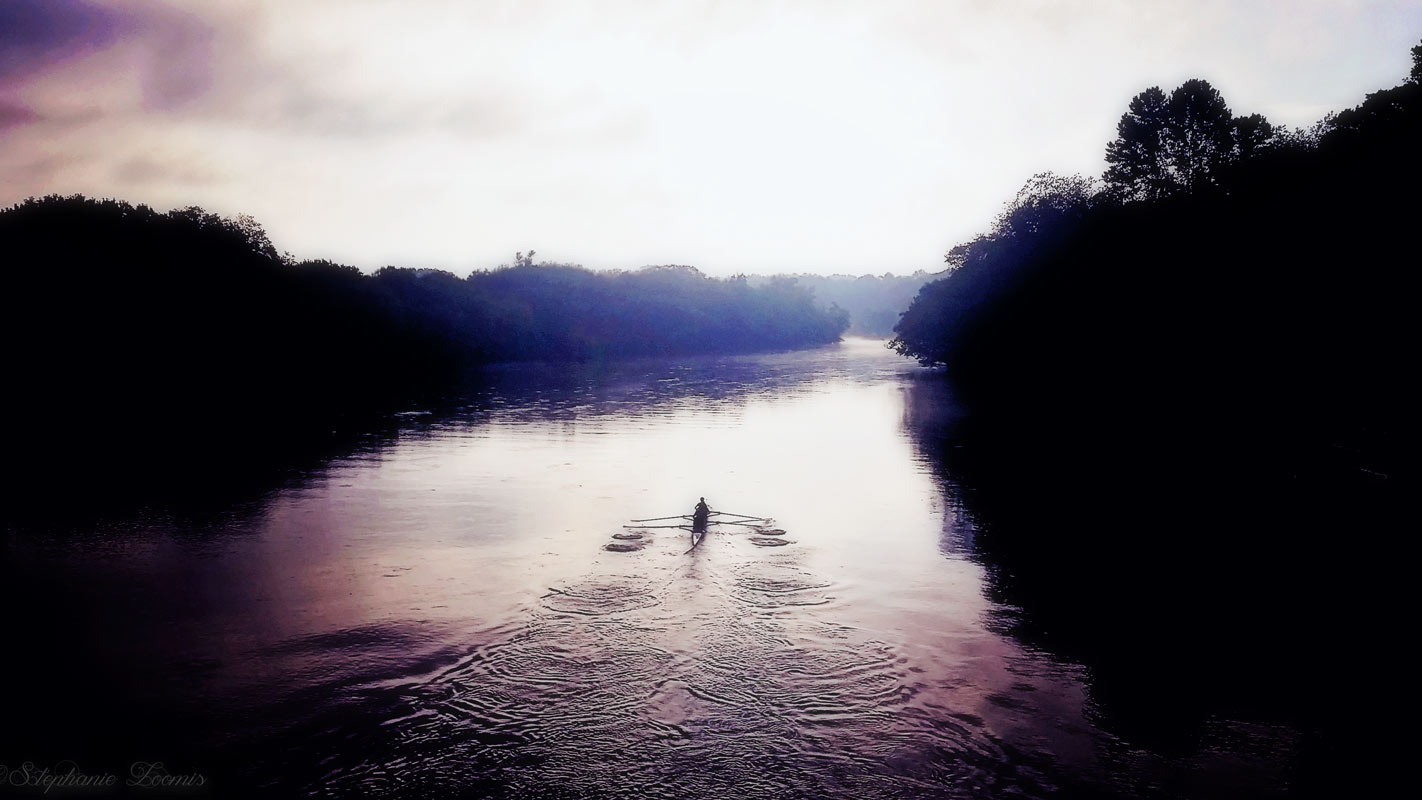 This week’s make left me reeling with possibilities. I struggled with games and systems, but spaces and stories are where I breathe freely.The problem is not a lack of ideas, but rather, choosing which one to follow.
This week’s make left me reeling with possibilities. I struggled with games and systems, but spaces and stories are where I breathe freely.The problem is not a lack of ideas, but rather, choosing which one to follow.
My first instinct was to keep the space simple and literal. There is so much beauty in the natural world that it is difficult to imagine my world without access to the river and trails along the Chattahoochee River as it winds its way through Georgia. I am grateful for a cell phone with a good camera so I can capture moments like this one. The outdoor space reminds me that my life is more than classrooms and grades and lesson plans. I am an educator, but I am made up of more than that. I am part of the world around me, something I keenly feel as I run through misty mornings.

Growing up in California I was never more than three hours from the Pacific ocean. The is a power in the crashing of the waves across the jagged rocks that cannot be duplicated. For me, the ocean is a metaphor for God: strong, unending, ever present, soothing, and unsafe.
Since moving across country, I have missed that easy connection to the Eternal. The sea is where my soul finds rest. I am grateful for friends who, several years ago, introduced me to a little blue house in Gulf Shores, Alabama, where we now spend a week of every summer. The Gulf of Mexico is a far cry from the wild Pacific, but the waves still beat a soothing rhythm that slows the frenetic pace of my mind. I breathe deeply, taking in the warm air and expelling the stresses and struggles that I always seem to carry with me. Gulf Shores has become my happy place, where there are no expectations, no demands, and no need to accomplish anything more than a few watercolors, some photography, and some light reading – and then only if I want to. I have the blissful freedom there to sit for hours and just watch the water and the gulls if that is my heart’s desire.
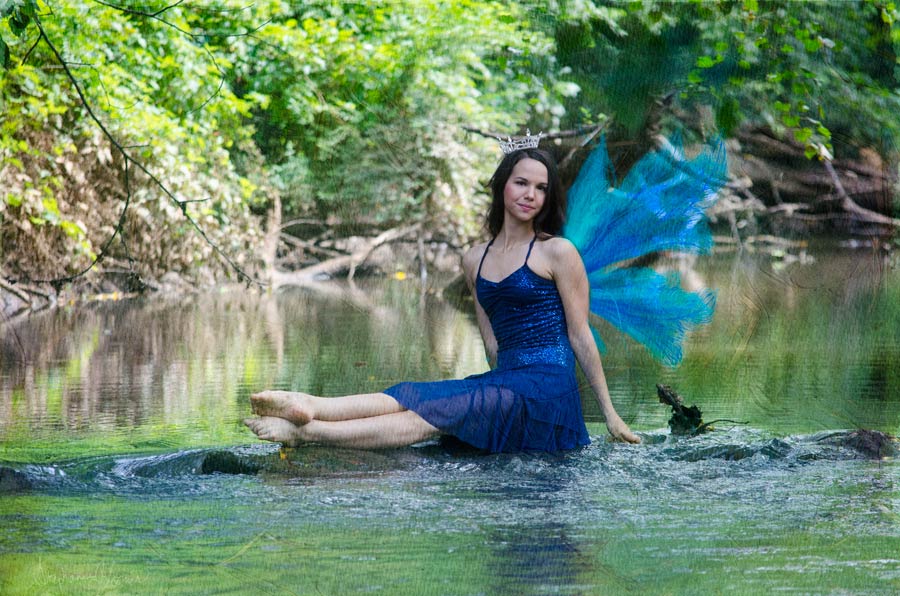
But spaces are not always real, physical places. And there are times when the natural world is beyond reach. At those moments, the most important space is the mind. Imagination is available to everyone, no matter the circumstance. There is no constraint on what the mind can create. Imagination turns ballerinas into fairies, mirrors into passageways to strange lands, and ordinary men to superheroes. Imagination is free, accessible, and user friendly. It is imagination that creates artists and poets and inventors and explorers. It is imagination that makes good teachers great. Connected learning requires imagination. Imagination allows current events to mix freely with classical literature and mid-century music. Imagination connects art to books, allowing students who struggle to write to find a voice. Imagination looks beyond standards to the individual students and finds ways for each to succeed.
Related to imagination is another space called reflection. This space is more challenging to access than pure imagination, but it affords an opportunity to analyze reality through an imaginative lens. Reflection requires brutal honesty, a willingness to admit wrong, and a commitment to changing course when it it necessary.
As educators, reflection is important, both in personal practice and pedagogy. When we practice reflection, we envision improved ways to connect with our students and make the content relevant to their lives. When we teach reflection, we empower our students to really own their work rather than do what they think we expect from them. It is in reflection that we remember why we became educators in the first place: to expose teens and young adults to the beauty and satisfaction of critical thinking, creative analysis, and a world beyond the textbook or standardized test. And it is in reflection that we reaffirm our commitment to pushing back against the status quo and reaching for what is best for our students and ourselves.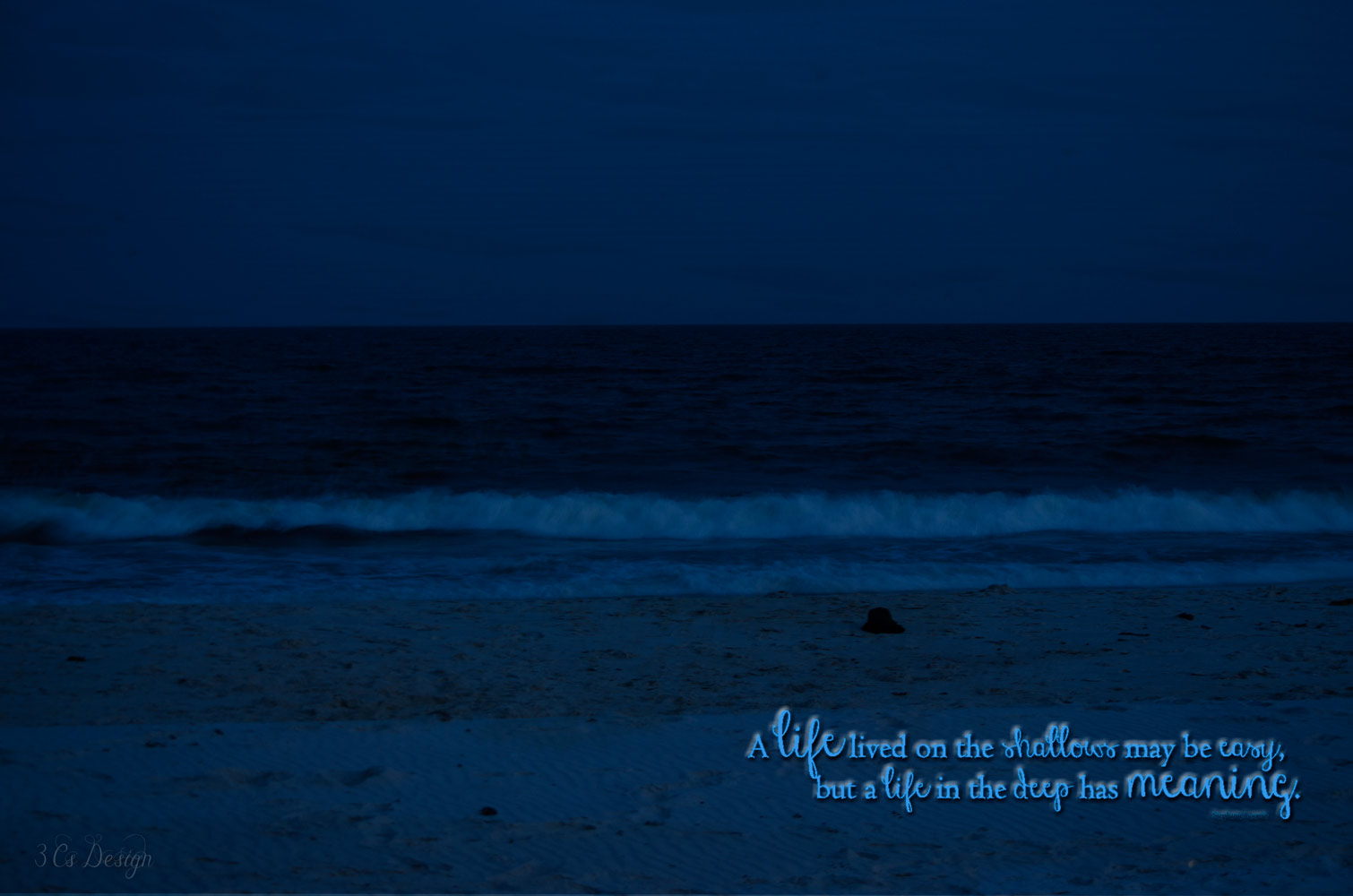











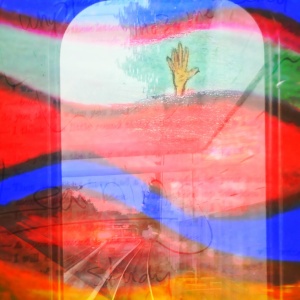
 This
This 




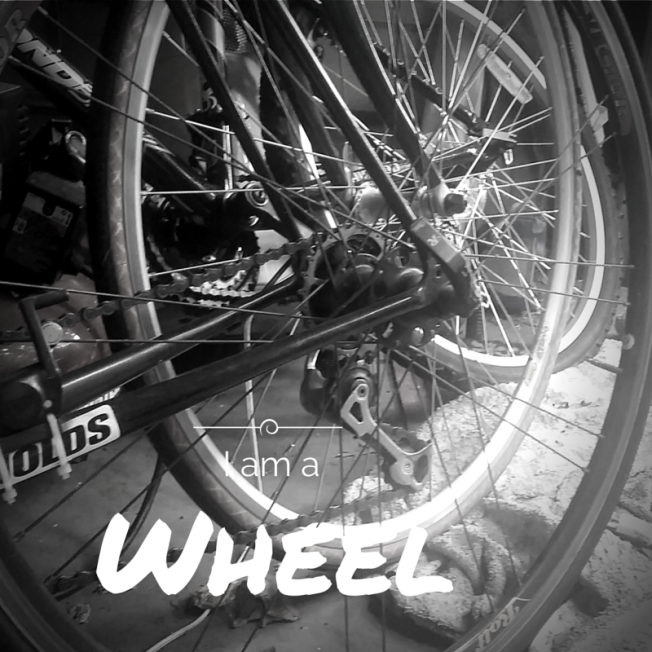
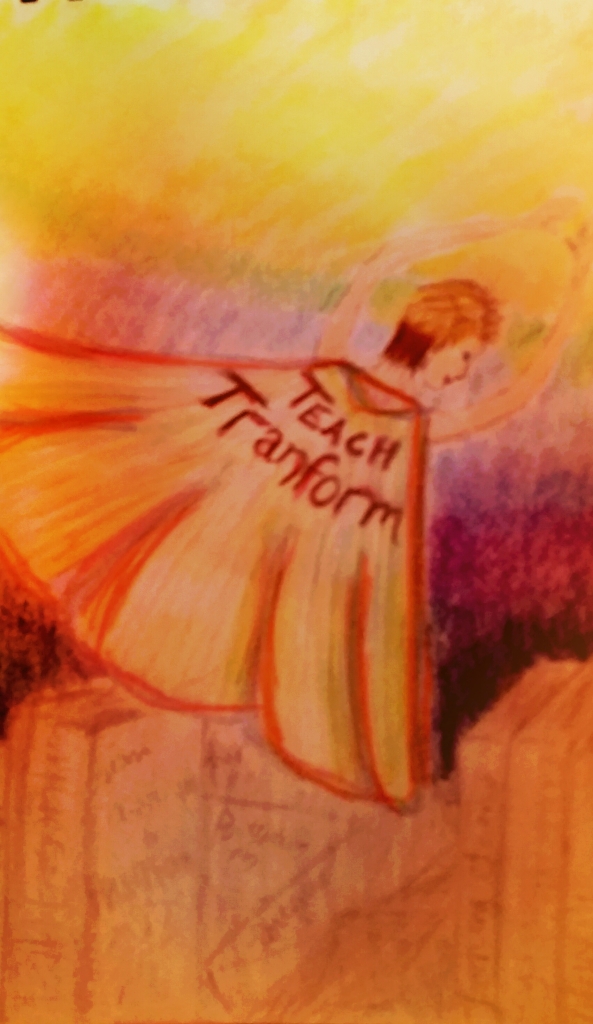
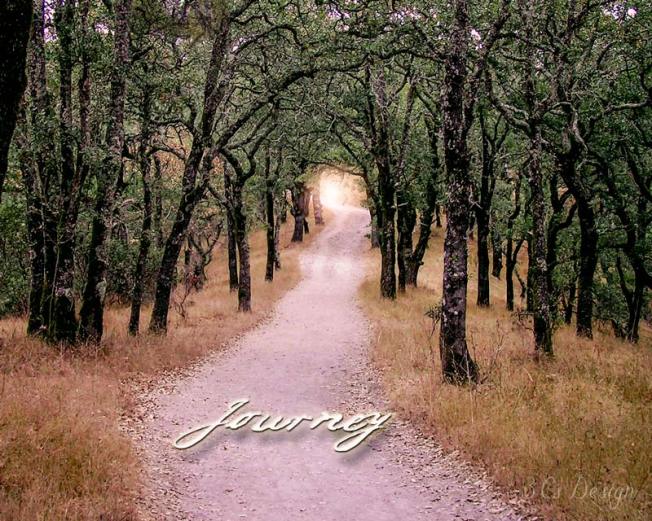

You must be logged in to post a comment.